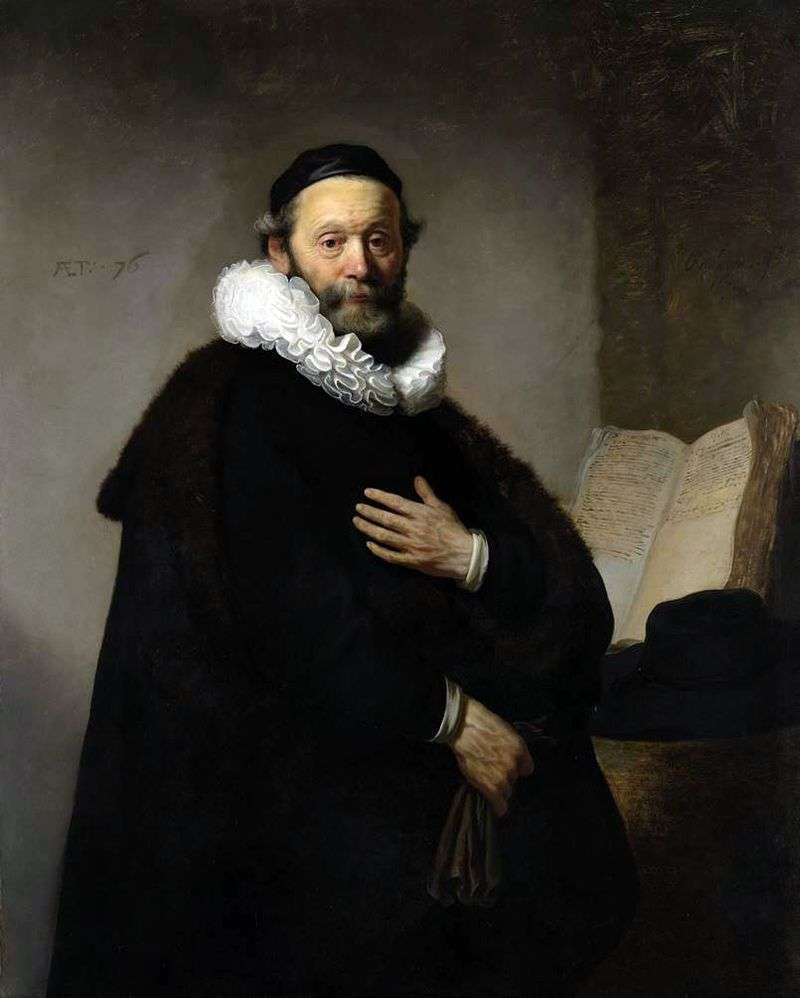
Painting by the Dutch artist Rembrandt van Rijn “Portrait of Jan Utenbogarth”. The size of the picture is 130 x 103 cm, wood, oil. With the resettlement of Rembrandt to Amsterdam at the end of 1631, his pictorial palette expanded uncontrollably.
But the profound, decisive prerequisite was the revolutionary upheaval of social relations, which redefined the place of the task of art. Already the Renaissance liberated the artist in Italy from the shackles of the medieval workshop, from the idea of the artist, as a craftsman working in artistic forms, he was recognized as free, owing only to his talent personality.
The Dutch art market of the 17th century, in contrast to the feudal patrons of art, quatrocento dragged the artist into the hellish circle of high conjuncture and depression and threw him and other producers of goods, still organized in workshops and members in the city community – guild, into real life, determined by enslaving dependence on market and largely free mode of production.
On the basis of the changeable game of supply and demand, in the conditions of the newly won freedom, the new self-consciousness of artists grew, the stronger natures of them, looking at the incurable world, began to listen only to their own moral judgment, felt responsible only to their own conscience.
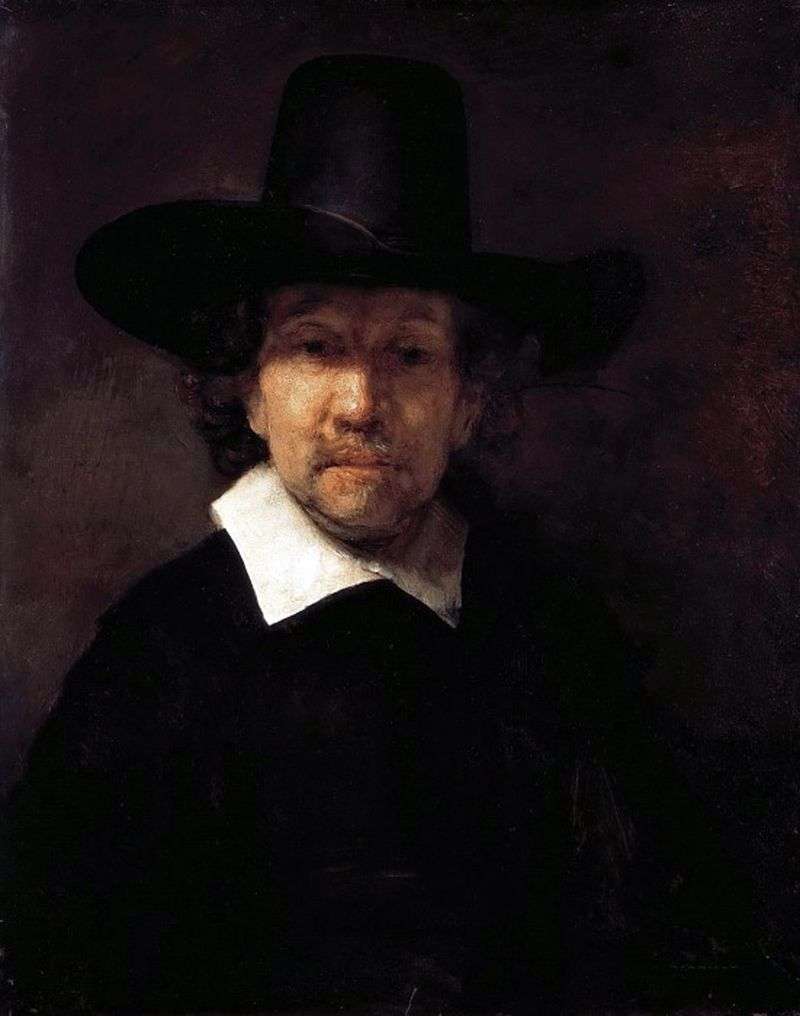 Portrait of Jeremiah Dekker by Rembrandt Harmens Van Rhine
Portrait of Jeremiah Dekker by Rembrandt Harmens Van Rhine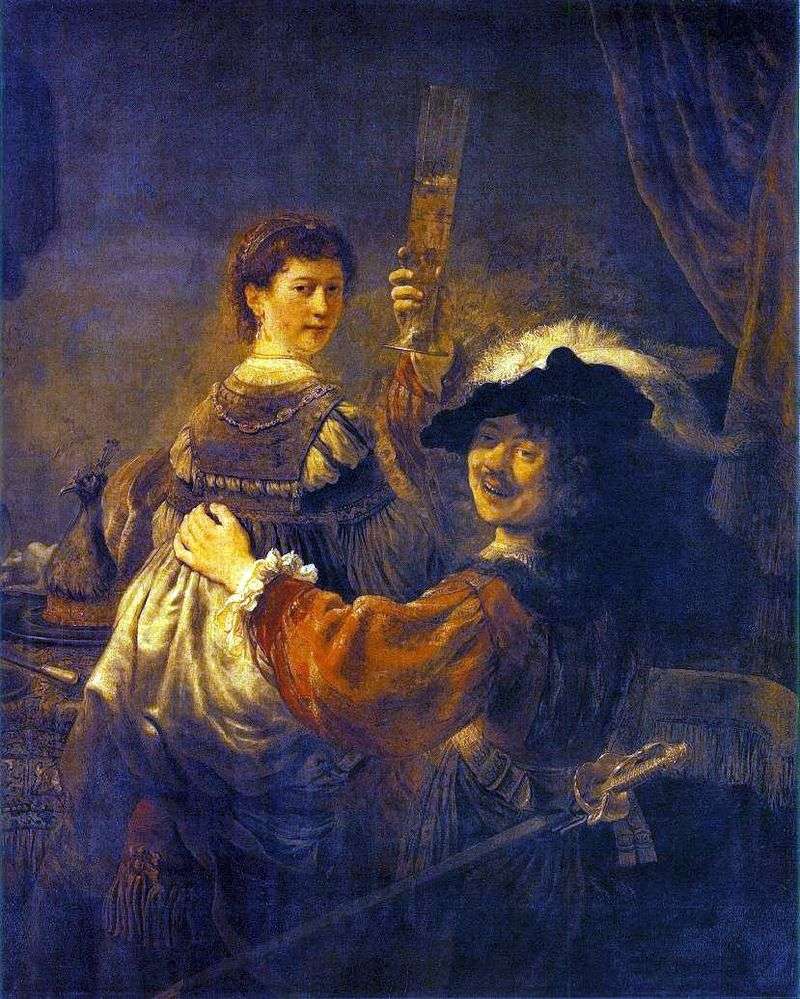 Fun Society (Self-Portrait with Saskia on Your Lap) by Rembrandt Harmens Van Rhine
Fun Society (Self-Portrait with Saskia on Your Lap) by Rembrandt Harmens Van Rhine Hendrickje by the window by Rembrandt Harmens Van Rhine
Hendrickje by the window by Rembrandt Harmens Van Rhine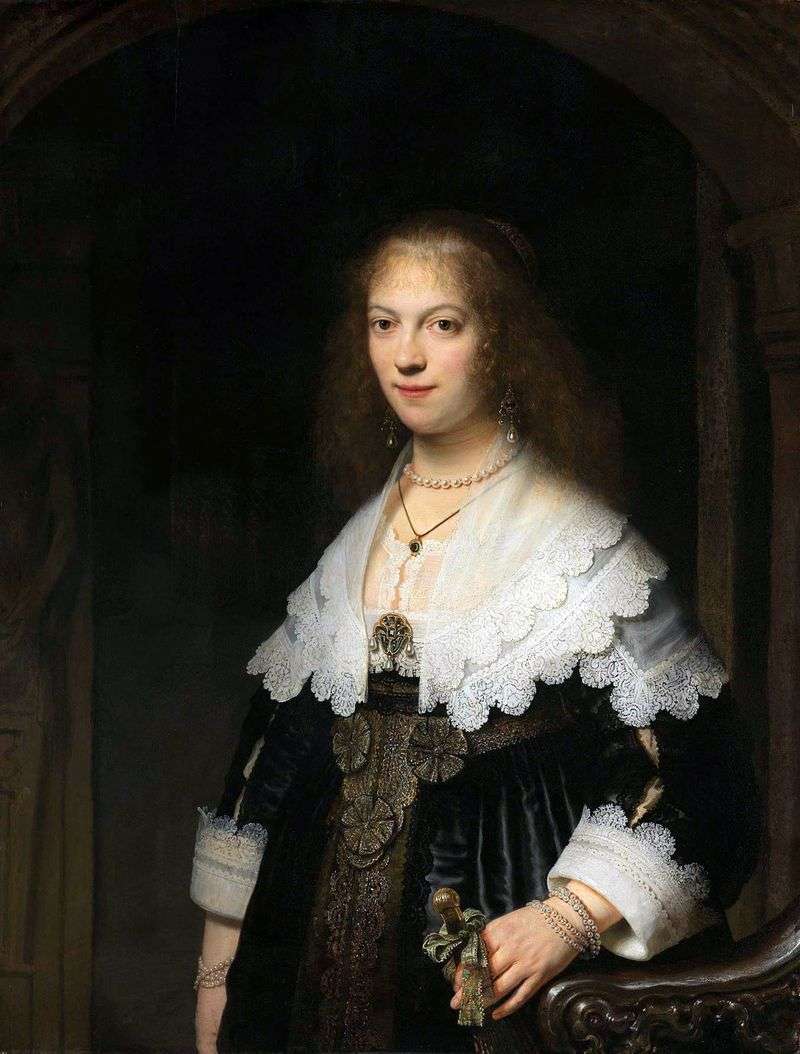 Portrait of Maria Trip by Rembrandt Harmens Van Rhine
Portrait of Maria Trip by Rembrandt Harmens Van Rhine Retrato de Jan Utenbogarta – Rembrandt Harmens Van Rhine
Retrato de Jan Utenbogarta – Rembrandt Harmens Van Rhine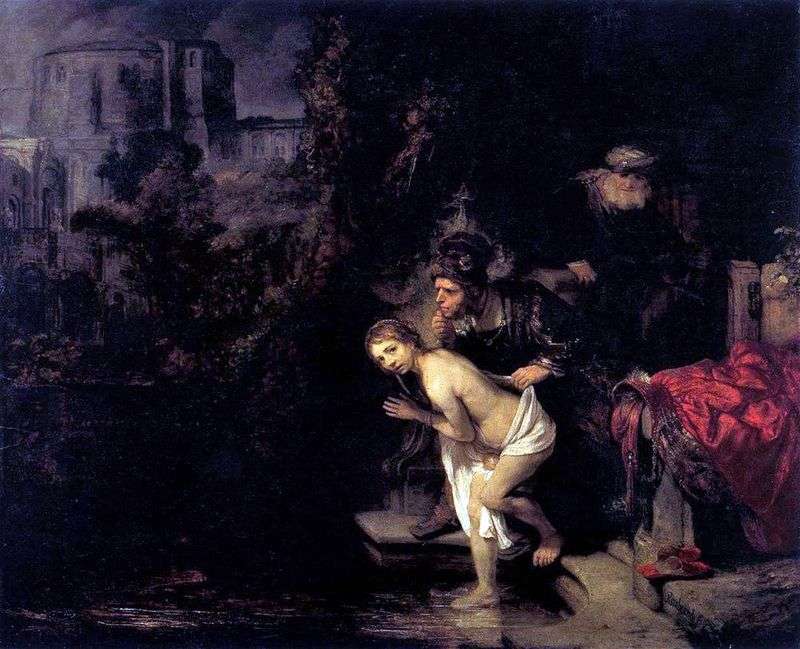 Susanna and the Elders by Rembrandt Harmens Van Rhine
Susanna and the Elders by Rembrandt Harmens Van Rhine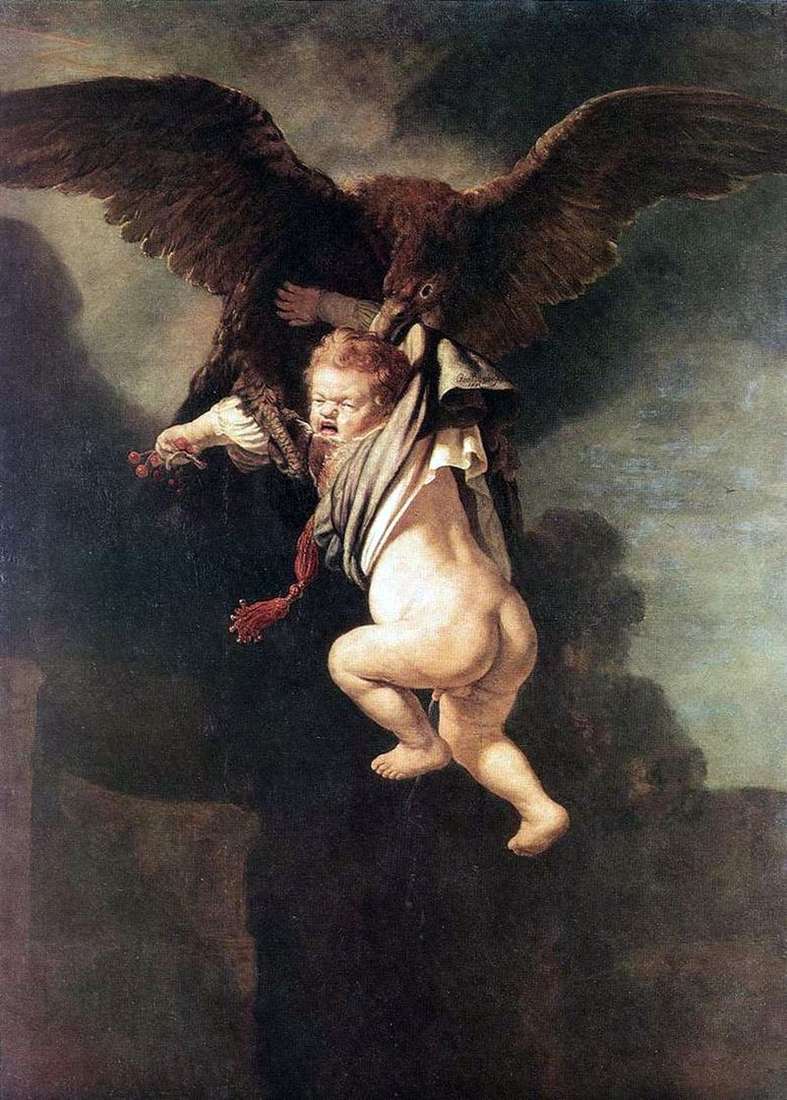 The Abduction of Ganymede (Ganymede in the Claws of an Eagle) by Rembrandt Harmens Van Rhine
The Abduction of Ganymede (Ganymede in the Claws of an Eagle) by Rembrandt Harmens Van Rhine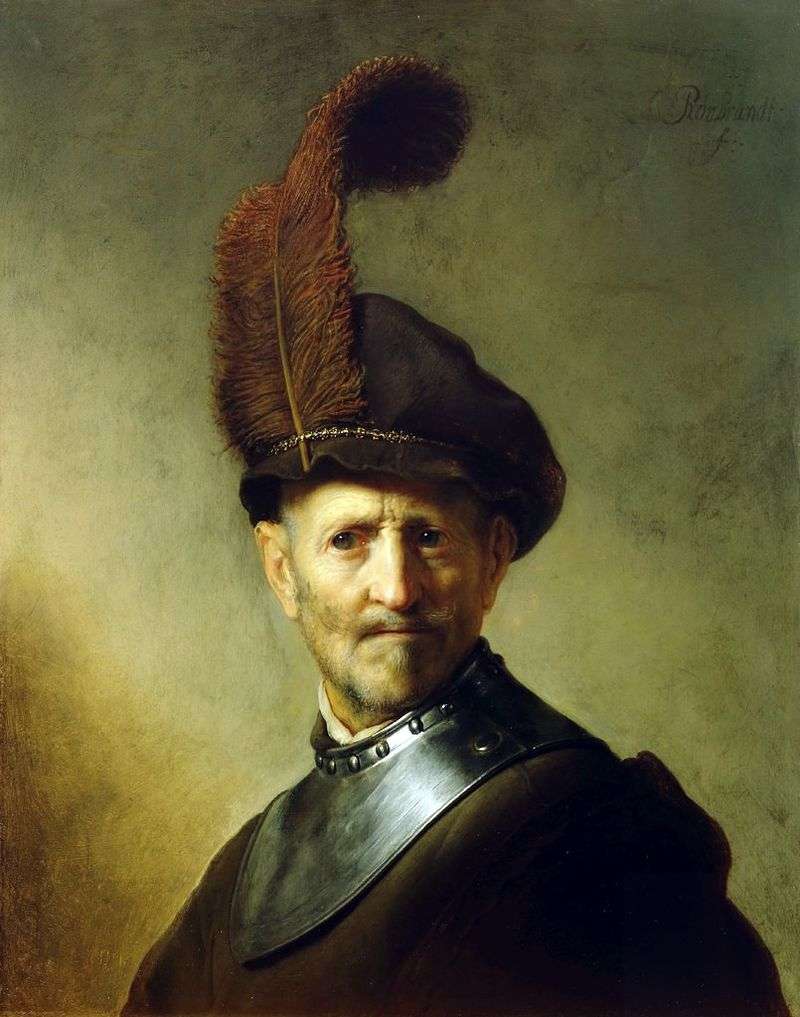 Portrait of an Old Warrior by Rembrandt Harmens Van Rhine
Portrait of an Old Warrior by Rembrandt Harmens Van Rhine